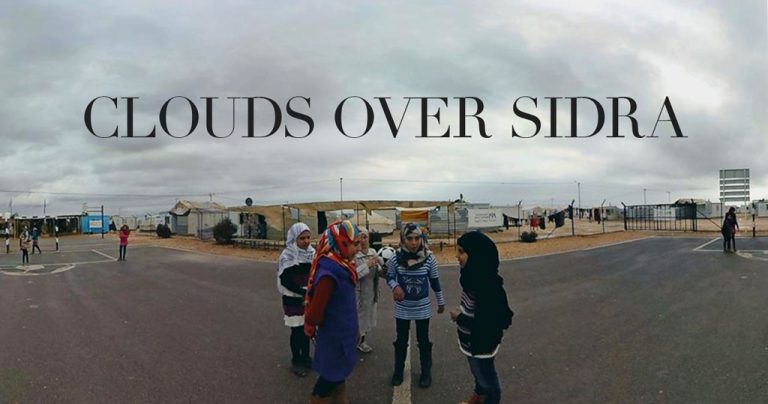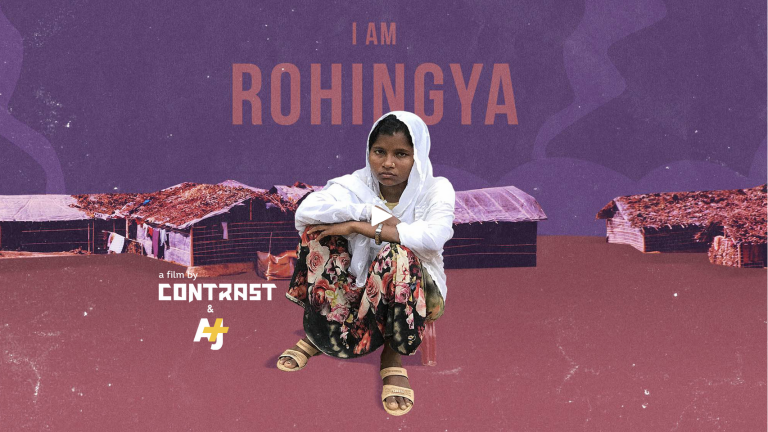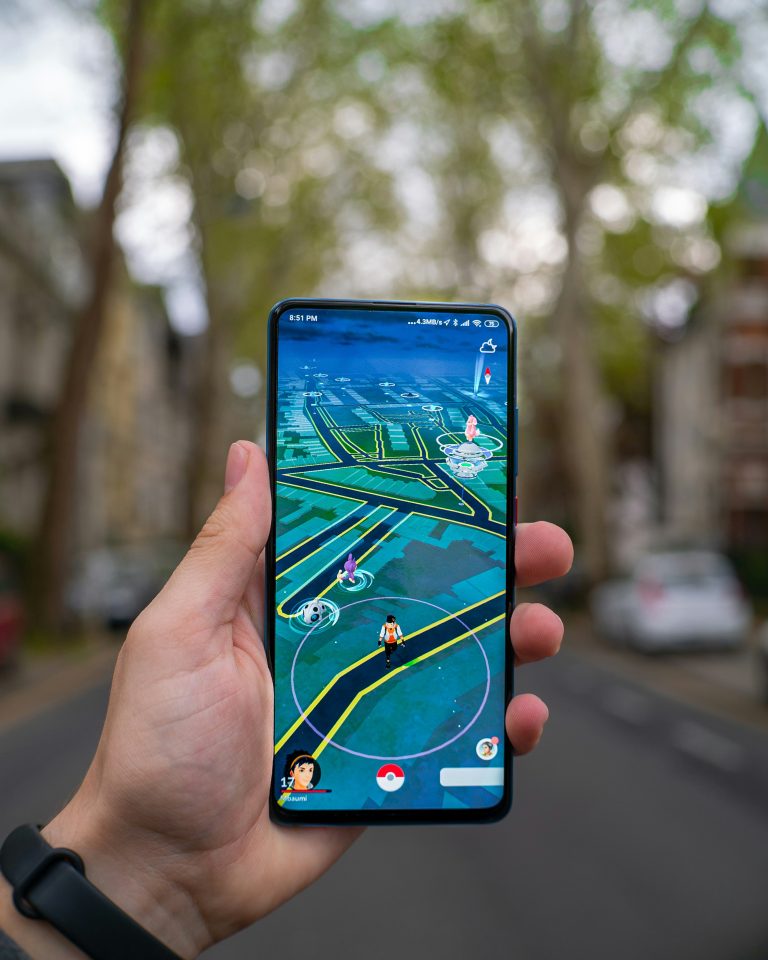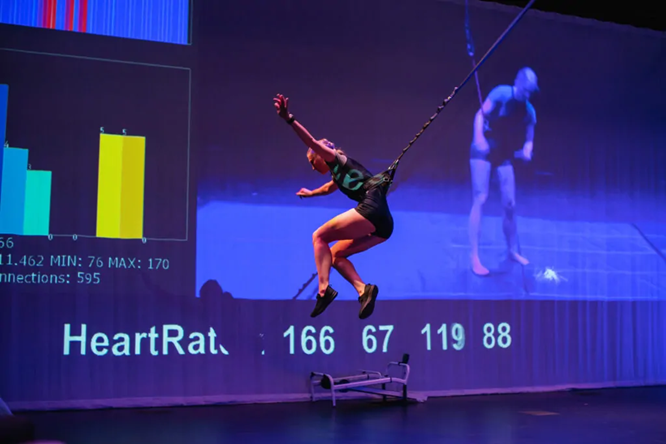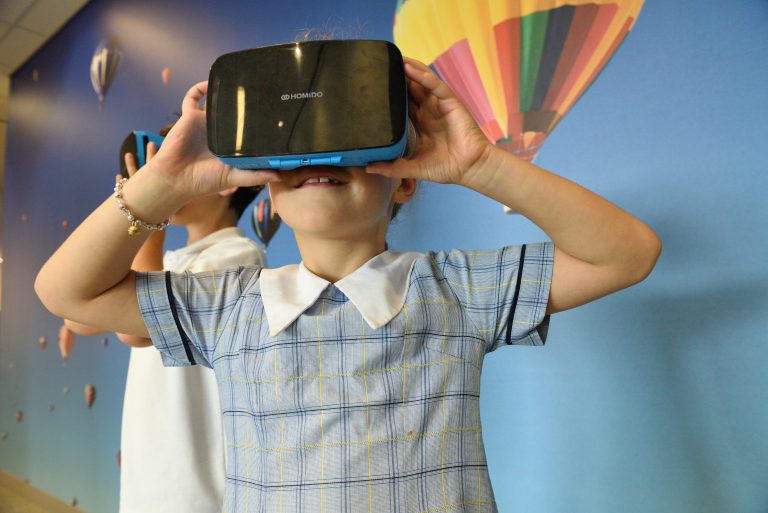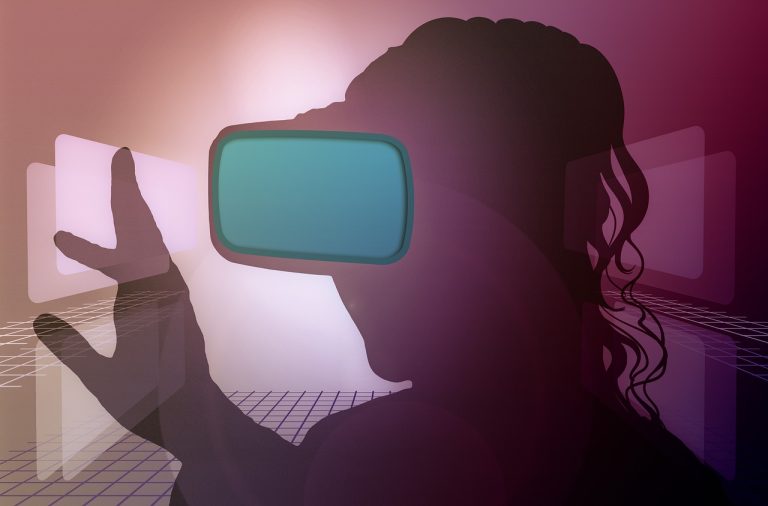Virtual reality as an empathy machine and its discontent
This article is adapted from my research recently published in Postcolonial Theory and Crisis, titled “Post-Humanitarianism and the Crisis of Empathy.” For a more detailed account of my research, see here. This article is also in conversation with two previous pieces published in CAVRN: Exploring ‘proper distance’ in virtual reality for humanitarian practice and Virtual…


